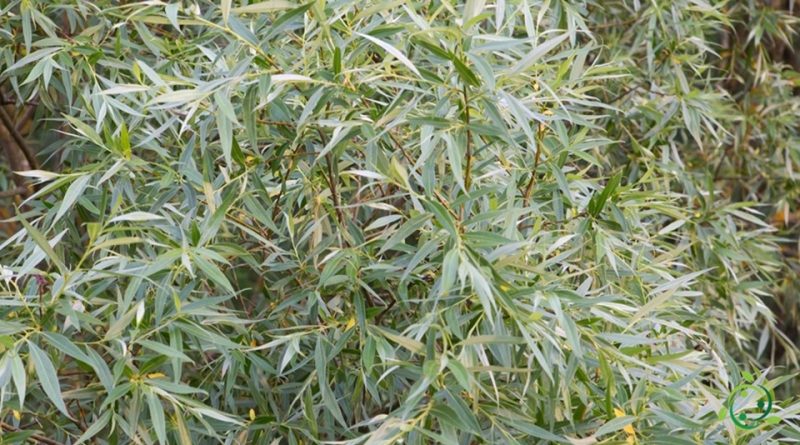Willow macerate
Willow macerate
Willows (Salix L., 1753) are a genus of plants belonging to the Salicaceae family.
These plants are native to Europe, Asia and North America and include over 450 species of trees, shrubs and woody or fruticose perennials, generally deciduous; the tree species reach 20 meters in height.
A series of products can be prepared or extracted from willows, among which macerates play an interesting role.
Willow macerate is a root stimulant.
This macerate is useful in repotting and transplanting to make seedlings take root more easily and to root grafts and cuttings, as its active ingredients stimulate root growth.
For this reason, the willow is a very easy plant to propagate via cuttings, thanks to the concentration of salicylic acid contained in the willow, a real plant hormone that allows it to root easily.
Preparation of willow macerate –
To prepare the willow macerate it is obviously necessary to have a willow plant or branches of the same plant taken from the open field at hand.
Salix alba is quite common among willows and is widespread along watercourses or in marshy areas.
It is necessary to choose young branches, preferably of the same year and taken, if possible, in spring.
The branches must be cleaned of leaves and very small twigs and then cut into small pieces 2-3 cm long.
In general the dose for one liter of willow macerate water is around 300 grams of sprigs.
Once the twigs have been immersed and mixed well in water, they should be left to macerate for about a week.
After this time, the liquid that has undergone maceration is filtered with a filter (a simple strainer is enough); in this way you will obtain the willow macerate ready for use.
Use of willow macerate –
If the macerate does not have to be used all at once it can be stored in a closed container, in a normal fridge where it will keep for 2-3 months.
The macerate can thus be used whenever a cutting needs to be prepared or in the case of repotting to help the regrowth of possibly damaged roots.
In general, in the case of transplants and repotting, it is used as the first irrigation, wetting the root area well.
In the case of cuttings, simply fill a small container (even a glass) with macerate in which to immerse the cuttings for a period of 4-6 hours. In this way the twigs will have time to hydrate and absorb the salicylic acid, contained in the willow macerate, which will stimulate the emission of roots.

